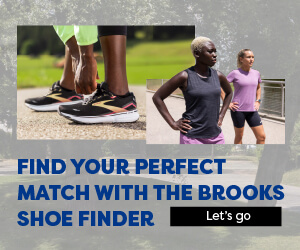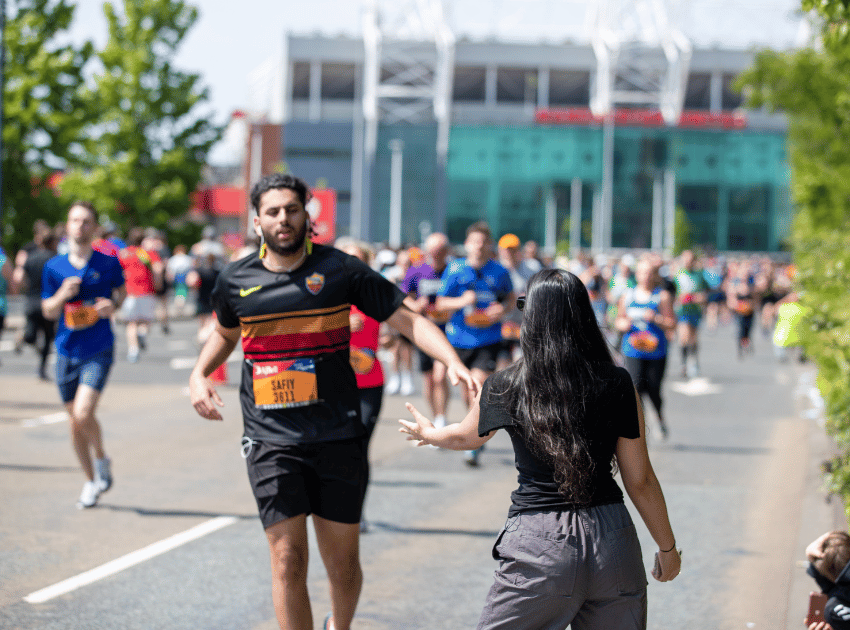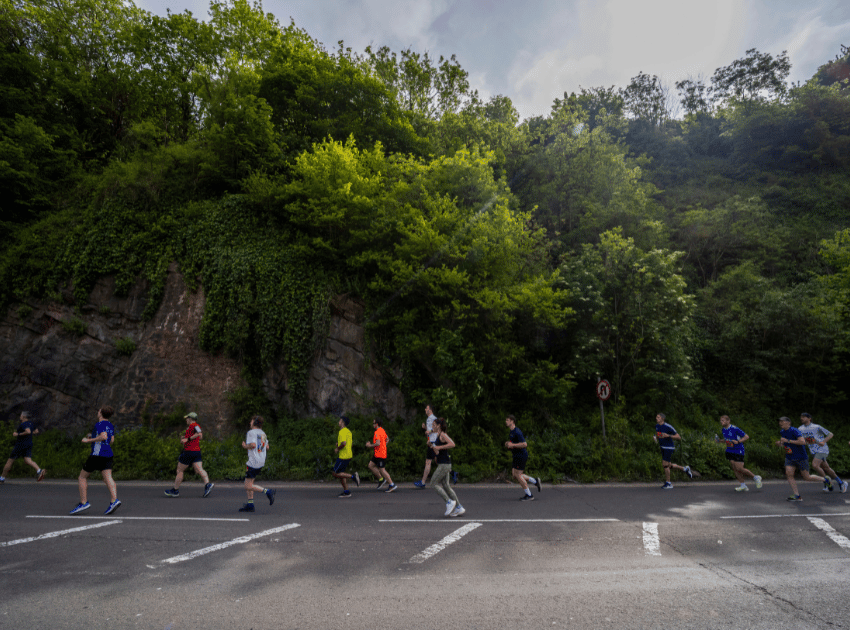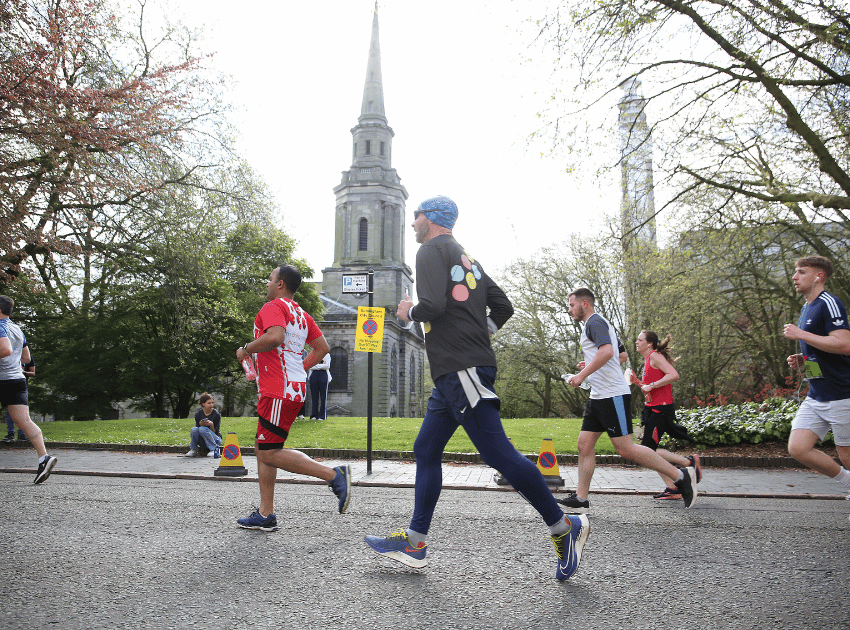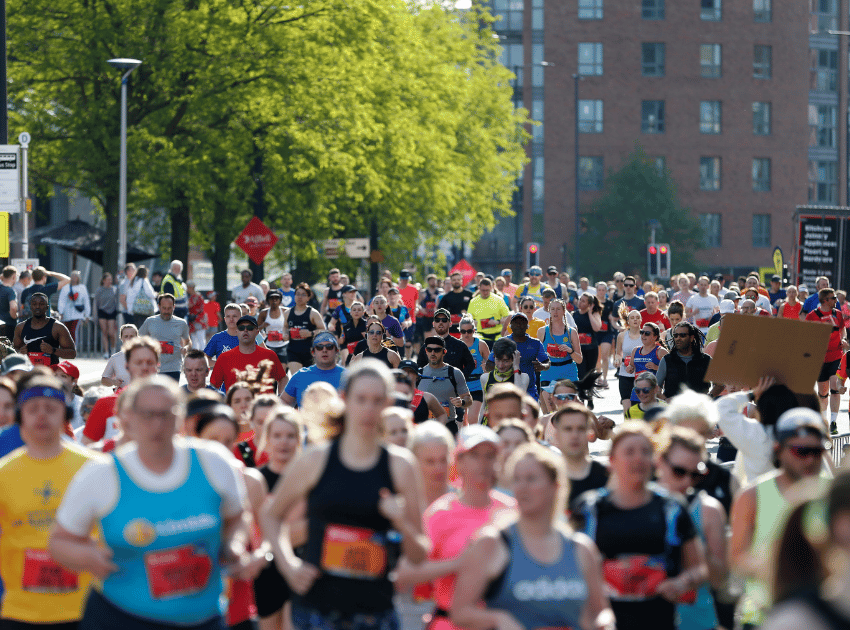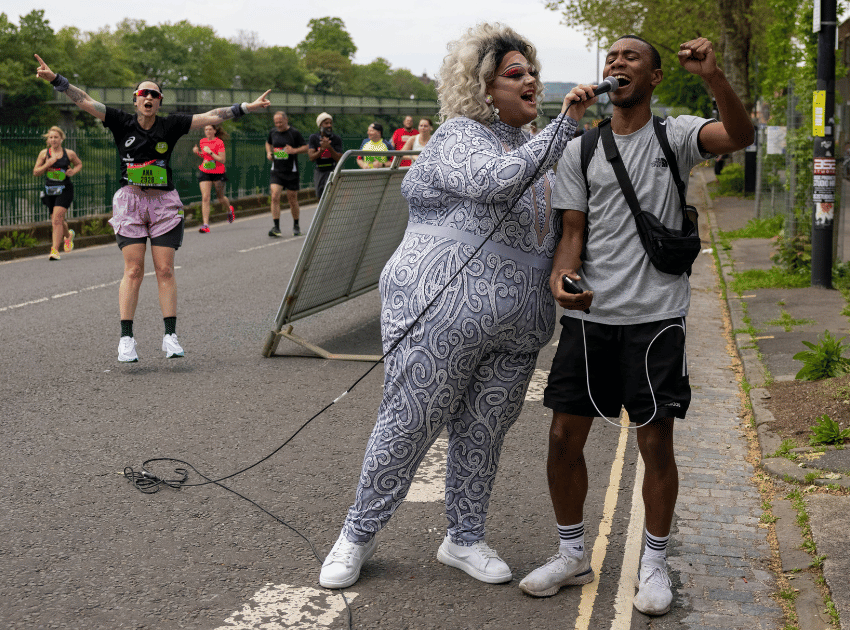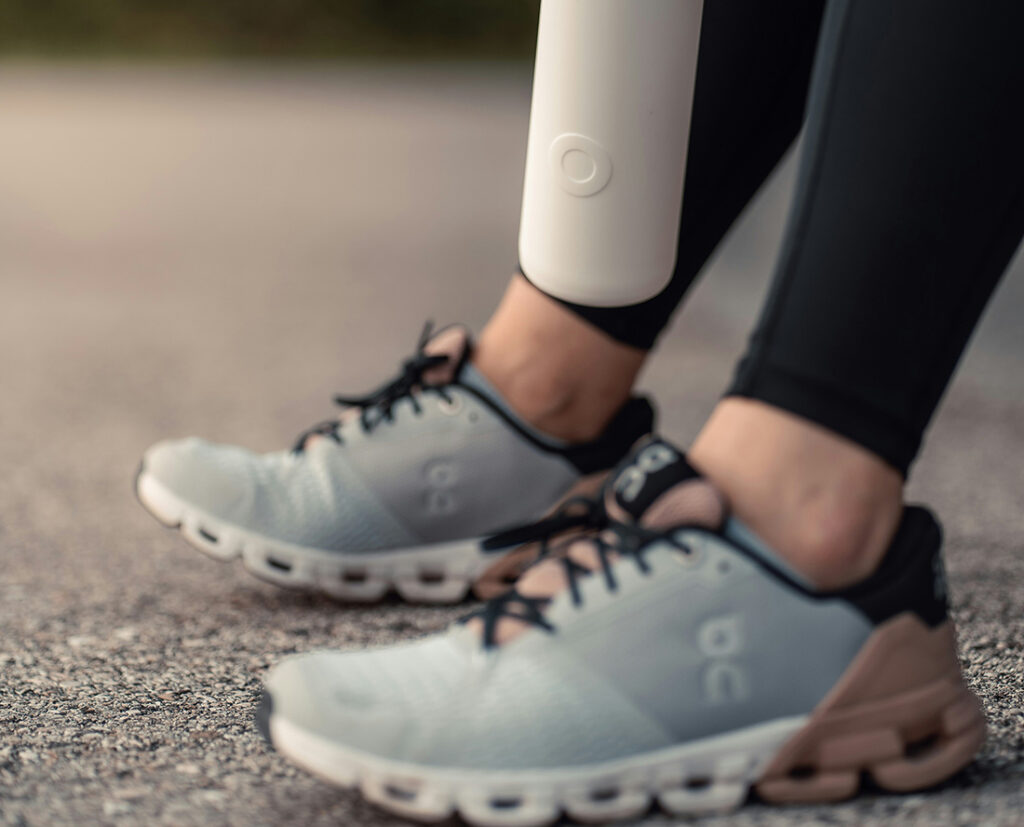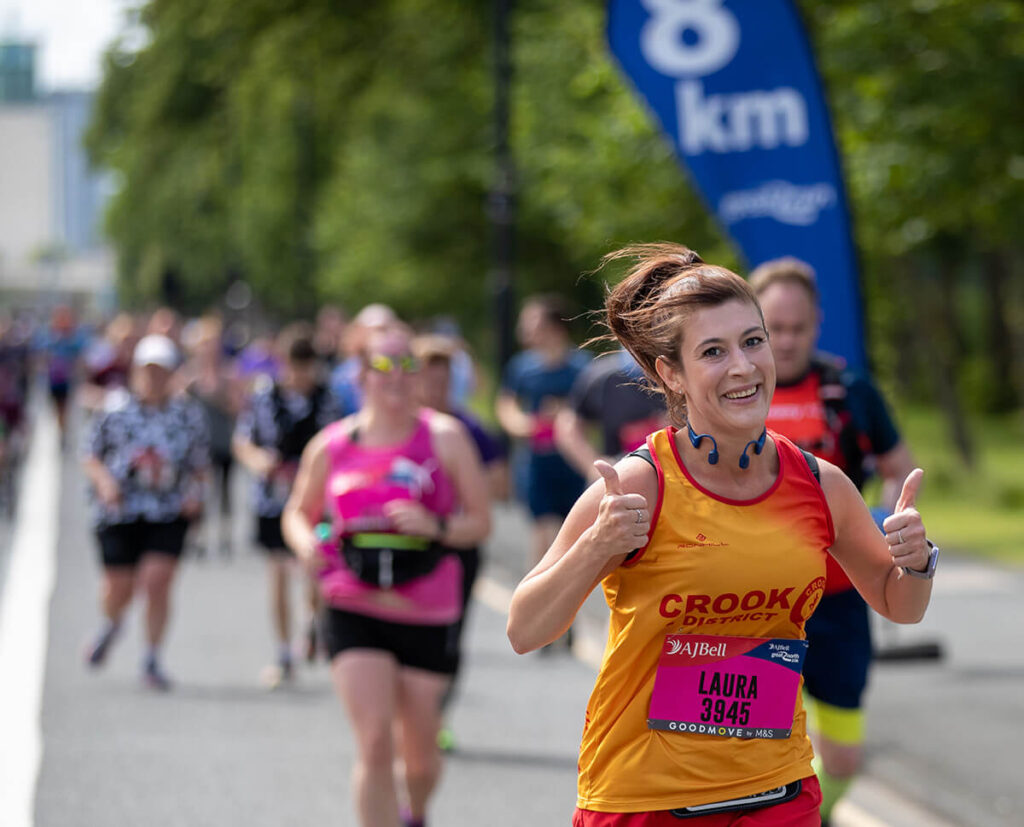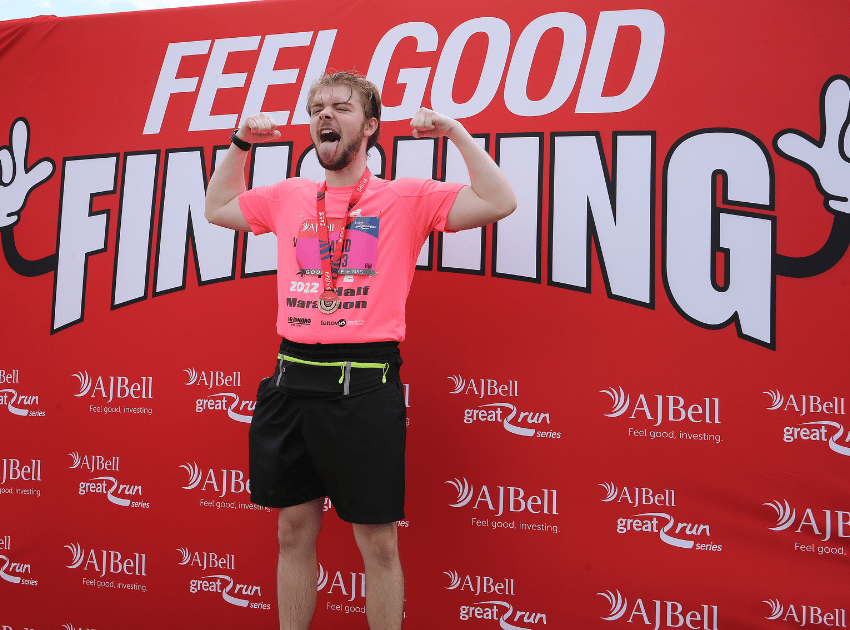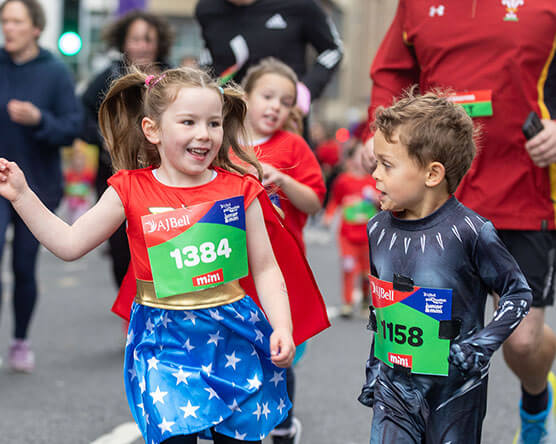Most running injuries are overuse ones – meaning that they creep up on you gradually. That’s why spotting the early warning signs and taking appropriate action, rather than ignoring aches and niggles, is the best course of action. In most cases, you’ll need to seek medical advice for diagnosis and treatment, but here’s how to spot some of the more common afflictions runners face.
Achilles tendinitis
Inflammation of the rope-like Achilles tendon that attaches to both calf muscles and the heel bone.
Symptoms: stiffness and tenderness along the back of the ankle, especially in the morning. It tends to ease off during running but returns afterwards.
Common causes: Tight calf muscles or stiff, inflexible feet or a sudden increase in training or too much speed work (especially on an athletics track).
What to do: Use ice to reduce inflammation, especially after running, and stretch your calves with both a straight and bent leg. Avoid running hills and speed work. Do some eccentric calf exercises – simple exercises such as standing on your tiptoes and returning to a normal position repeatedly to help the tendon to heal.
Muscle strains
You’ll know if you ‘pull’ a muscle – you will feel it ‘go’ or ‘give way’. Apply ice and compression and seek medical advice straight away if this occurs. But runners are more likely to suffer muscle ‘strains’, which are repeated small tears which then heal again, caused by prolonged stress to a specific area and result in the muscle becoming progressively tighter and more sore.
Symptoms: Pain in the muscle, especially on resisted movement – and a restricted range. You may be able to feel specific areas of knots or tightness. Often the pain goes away during a run but comes back after.
Common causes: Repetitive stress caused by too much training or by poor posture or technique overloading the same area too much.
What to do: Only run if it doesn’t hurt to do so. Massage the tight area or see a sports massage therapist and stretch regularly. You may need to reassess your training programme or have your running technique looked at.
Plantar fasciitis
Degeneration or inflammation of the plantar fascia, a web-like ligament that links the heel to the toes.
Symptoms: Pain under the heel or towards the back of the foot’s arch, especially on your first steps of the day.
Common causes: Stiff, immobile feet and calves, weak foot muscles, poor running technique and inappropriate footwear are frequent contributing factors.
What to do: A golf ball can be used to help mobilize tight tissues and massage the underneath of the foot. Do some strength exercises for your foot muscles and stretch the calves and plantar fascia. Ice or taping (see your physiotherapist) can help to ease pain.
Shin splints
More properly called medial tibial stress syndrome, this is pain and inflammation along the inner border of the shin bone.
Symptoms: Tenderness along the length of the shin bone, especially during or after running.
Common causes: A sudden increase in training, or too much training on hard surfaces. Weak or tight muscles around the foot, shin and calf. Poor technique – over striding in particular.
What to do: Ice and massage of the sore area. Address any strength or flexibility issues in the muscles along the front and back of the lower leg and foot. Consider having your running gait and shoes assessed.
Runner’s knee
More properly called ‘patellofemoral pain syndrome’, this is basically pain and inflammation behind the knee cap.
Symptoms: a persistent or throbbing pain behind the kneecap, often with heat or swelling. Tends to get worse after long periods of sitting or walking downstairs.
Common causes: Maltracking of the kneecap due to an imbalance in the muscles surrounding it (most commonly, weakness on the inner side of the quadriceps muscle and tightness on the outside). Tight quads or calves. Inappropriate running shoes.
What to do: Ice and anti-inflammatories can help to ease the pain. Taping (by a sports physiotherapist) can take the pressure off the sore area. Longer term, the aim is to strengthen the weak muscles and stretch the tight ones to prevent recurrence.
Stress fractures
Excessive force on bone causing a hairline crack to appear.
Symptoms: A very specific area of pain and tenderness that will normally feel worse on weight bearing but may also hurt when not weight bearing (even at night). The most common sites for a stress fracture in runners are the inside edge of the tibia (shin bone) and the metatarsals (the long toe bones).
Common causes: Overtraining – doing too much, too soon. Poor technique or imperfect biomechanics can also be a factor.
What to do: Seek medical advice for a diagnosis if you suspect a stress fracture. Do not run, or you risk a full-blown fracture and much longer away from your running.
Piriformis syndrome
Inflammation of the piriformis muscle, a small but important hip rotator in the buttock.
Symptoms: Soreness in the buttock (especially where the top of your jeans pocket would be) often accompanied by pain or pins and needles along back of the thigh.
Common causes: An excessively tight piriformis, tight inner thigh muscles and weak outer thigh (hip) muscles. Overstriding (strides that are too long), running on cambered roads or excessive downhill running.
What to do: Use a tennis ball to massage the sore area and apply ice. Stretch and strengthen the appropriate muscles.
ITB friction syndrome
This is irritation of the long fibrous band of tissue, the iliotibial band (ITB) that runs along the side of the leg from the hip to just below the knee.
Symptoms: Pain is most commonly felt on the outside edge of the knee. You sometimes feel a ‘flicking’ sensation as the ITB passes over the outer edge of the thigh bone. Pain is exacerbated by downhill running.
Common causes: Poor running technique, weak gluteal muscles, sudden increases in training and inappropriate running shoes.
What to do: Ice and anti-inflammatories can help alleviate the pain. A foam roller can help ease out tightness in the ITB or get a sports massage therapist to ‘strip’ it (painful but worth it!). Strengthen the glutes and stretch the ITB religiously.
Blisters
A build-up of fluid caused by repetitive friction at a specific point of the foot.
Symptoms: Irritation and pain, followed by the formation of a blister.
Common causes: Ill-fitting socks (technical fabrics wick sweat away from the feet better than cotton socks) or shoes that don’t fit right or are not appropriate for your needs. Blisters can also be a sign that your foot is landing on a specific point each time, which may suggest you need to review your technique.
What to do: Experts recommend not popping blisters unless you absolutely must. Protect with a ‘second skin’ blister plaster until the fluid dissipates. If you do pop a blister, make sure you use sterilized needle and clean the area thoroughly, dressing it for at least 48 hours afterward to protect. The best cure, however, is prevention. At the first sign of irritation in your shoe, address the problem rather than ignoring it.
Black toenails
A black toenail or ‘subungual haematoma’ results from the nail being compressed onto the nail bed.
Symptoms: Inflammation, bruising and, sometimes, a build-up of blood under the nail. This happens most commonly with the big toe.
Common causes: Shoes that slip around, allowing the toes to hit the end of the toe box or lots of downhill running when the foot slips forward in the shoe. Overly long or badly cut toenails.
What to do: If there is no blood, just leave the nail to settle and grow out (it will most likely fall off at some point). If there is painful pressure caused by blood behind the nail, see a medical expert to pierce the nail and drain it. To prevent it happening again, make sure your shoes fit well and are laced up to keep the foot secure – and cut toenails short and straight across.

